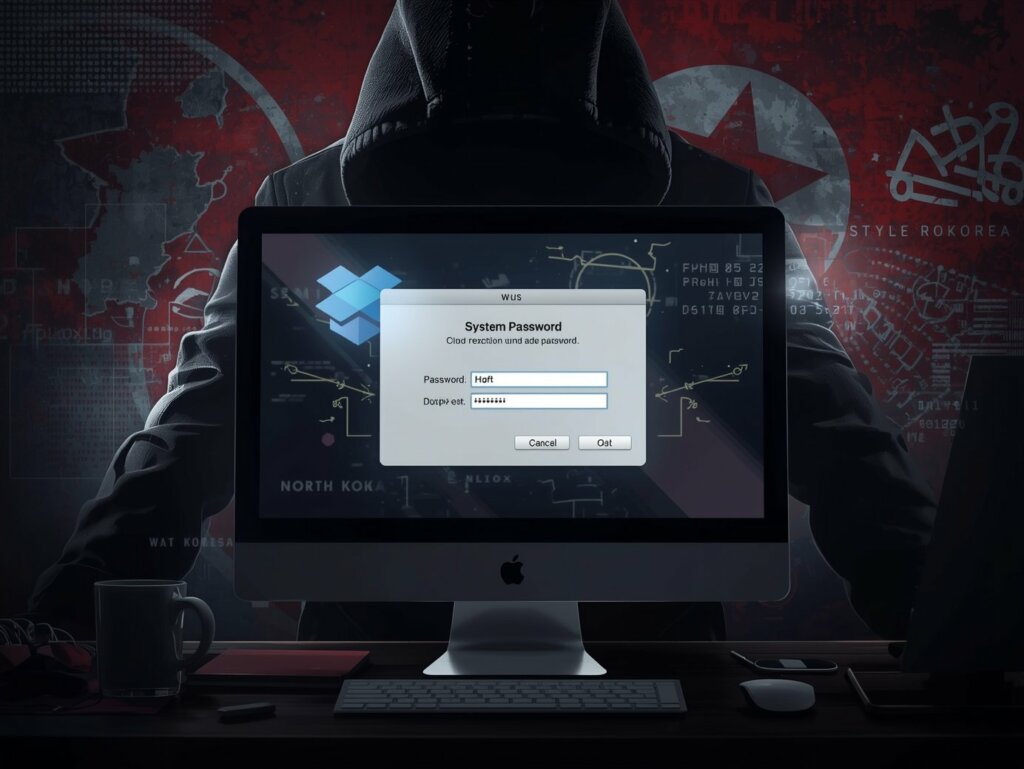Ultime news
Villager Framework: AI-Powered Penetration Testing Tool
TIME’s Machine of the Year: How Personal Computer Changed Society
Livewire Vulnerability Exposed: 130k Apps at Risk of Remote Code Execution
Microsoft Boosts BitLocker with Hardware Acceleration for Enhanced Security
DriverFixer0428: macOS Credential Stealer Linked to North Korea
A $500 Tool Claims to Kill EDRs at Kernel Level: Inside the NtKiller Underground Ad
Villager Framework: AI-Powered Penetration Testing Tool
Redazione RHC - December 26th, 2025
TIME’s Machine of the Year: How Personal Computer Changed Society
Redazione RHC - December 26th, 2025
Livewire Vulnerability Exposed: 130k Apps at Risk of Remote Code Execution
Redazione RHC - December 26th, 2025
Microsoft Boosts BitLocker with Hardware Acceleration for Enhanced Security
Redazione RHC - December 25th, 2025
DriverFixer0428: macOS Credential Stealer Linked to North Korea
Redazione RHC - December 25th, 2025
A $500 Tool Claims to Kill EDRs at Kernel Level: Inside the NtKiller Underground Ad
Redazione RHC - December 25th, 2025
Webrat Malware Targets Security Researchers with GitHub Exploit Traps
Redazione RHC - December 24th, 2025
Nezha Malware: Abusing Legitimate Tools for Remote Access
Redazione RHC - December 24th, 2025
Massive Cloud Cyberespionage: PCPcat Hits 59,128 Servers in 48 Hours
Redazione RHC - December 24th, 2025
Critical Net-SNMP Vulnerability Exposes Networks to RCE Attacks
Redazione RHC - December 24th, 2025
Discover the latest critical CVEs issued and stay updated on the most recent vulnerabilities. Or search for a specific CVE
Featured Articles
 Cybercrime
CybercrimeStraiker’s AI Research (STAR) team has identified Villager, a native AI-based penetration testing framework developed by the Chinese group Cyberspike . The tool, presented as a red team solution , is designed to fully automate…
 Cybercrime
CybercrimeAn ad has surfaced on a closed underground forum frequented by malware operators and initial access brokers, attracting the attention of the cyber threat intelligence community. The post promotes “NtKiller,” a supposed “kernel-level” utility designed…
 Cybercrime
CybercrimeThere’s a specific moment, almost always at night, when curiosity overtakes caution. A newly opened repository, few stars but a success. very high score, the README file is well written enough to seem real. This…
 Cybercrime
CybercrimeWhen it comes to cybersecurity, you can never be too careful. Furthermore, when we talk about backdoors (or alleged ones), the question that follows is: who inserted them? Was it for maintenance purposes or for…
 Cybercrime
CybercrimeAccording to internal sources at RedHotCyber , the digital offensive that is causing problems for the National Postal System in France has been officially claimed by the pro-Russian hacker collective NoName057(16). Analysts confirm that the…


















